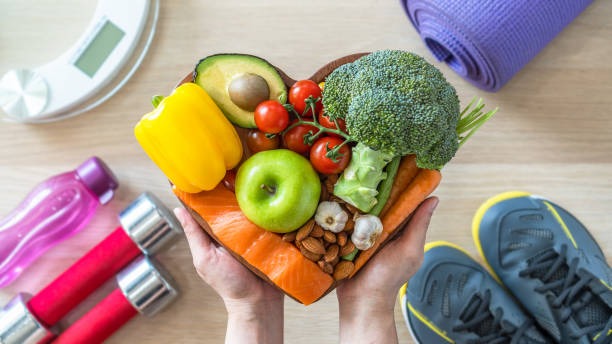
In today’s fast-paced world, staying present can be a challenge. Distractions come from every direction-smartphones, social media, emails, and constant notifications often pull our attention away from the moment at hand. However, cultivating presence is essential for improving focus, reducing stress, and enhancing overall well-being. Simple techniques can help individuals reconnect with the here and now without requiring drastic lifestyle changes or extensive time commitments.
One effective method to stay present involves mindful breathing. Taking slow, deliberate breaths encourages awareness of the current moment by shifting focus to something immediate and tangible-the breath itself. This practice is accessible anytime and anywhere; even a few deep breaths during a busy day can ground thoughts best kratom for pain and energy calm the mind. Mindful breathing helps interrupt cycles of worry or distraction by anchoring attention in physical sensations rather than abstract concerns.
Another technique centers on sensory engagement. Paying close attention to sights, sounds, smells, tastes, or tactile experiences cultivates mindfulness naturally. For example, when eating a meal without multitasking or listening carefully to ambient sounds while walking outside fosters deeper connection with surroundings. Engaging senses fully prevents automatic pilot behavior where tasks are done mechanically without conscious involvement.
Limiting digital interruptions also plays a crucial role in maintaining presence. Setting specific periods for checking devices reduces constant switching between activities that fragment concentration. Turning off non-essential notifications minimizes sudden distractions that break mental flow throughout the day. Creating boundaries around technology use promotes sustained attention on work or personal interactions rather than fragmented multitasking.
Establishing routines that incorporate brief moments of stillness further supports presence cultivation over time. Starting mornings with intentional pauses before engaging in daily tasks allows one to set intentions consciously instead of rushing into reactive modes driven by external demands. Similarly, ending days with reflection about experiences reinforces awareness of how time was spent meaningfully rather than slipping away unnoticed.
Practicing gratitude enhances presence by drawing focus toward positive aspects within each moment instead of dwelling on what is lacking or stressful elements outside control zones. Expressing appreciation internally or externally shifts mindset toward acceptance and contentment grounded in reality as it unfolds rather than imagined scenarios elsewhere.
By integrating these simple strategies into daily life-mindful breathing, sensory engagement, controlled digital use, purposeful routines involving stillness moments alongside gratitude practices-individuals can nurture their ability to remain present despite competing distractions surrounding them constantly today’s environment demands more effort but yields significant benefits across mental clarity emotional balance interpersonal relationships ultimately fostering richer life experience rooted firmly in present awareness rather than scattered attention drifting endlessly through fragmented moments lost amidst relentless stimuli barrage typical modern living conditions impose upon all people seeking peace amid chaos around them now more than ever before .


